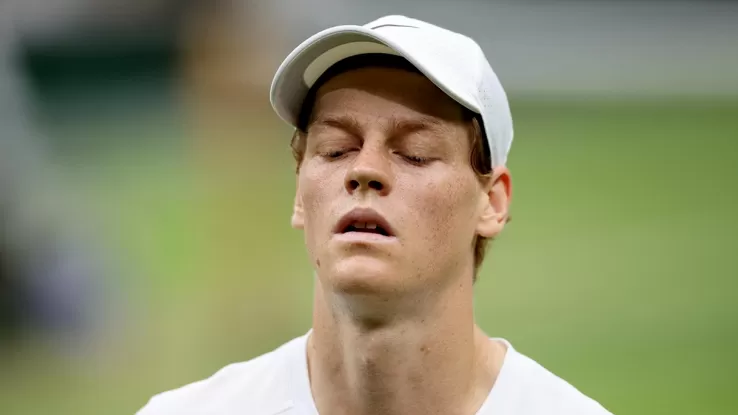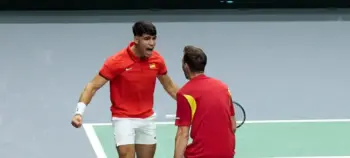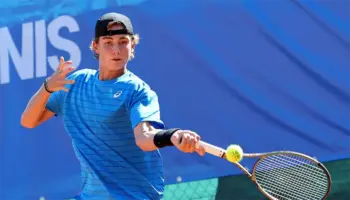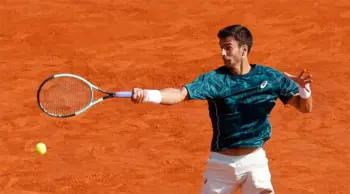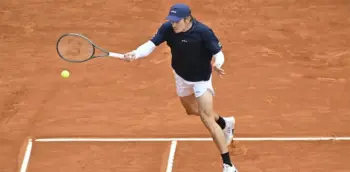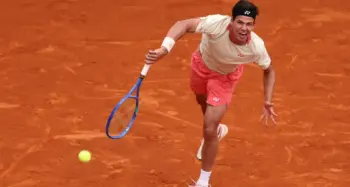There have been some major doping scandals in professional tennis over the years. It was not until the late 1980s that drug testing started in professional tennis and in 2007, the International Tennis Federation took control of anti-doping initiatives for the ATP and WTA Tours. As we come towards the end of the 2024 season, does tennis have a doping problem or has the use of performance enhancing drugs been brought under control?
Jannik Sinner
The most recent high-profile case of a failed drugs test is Jannik Sinner. At the time of writing, the Italian is ranked as the number one player on the ATP Tour, above the likes of Carlos Alcaraz, Novak Djokovic, and Alexander Zverev. Sinner is one of the biggest names in professional tennis right now and at the age of 23, is in the infancy of his career.
However, in the lead up to the 2024 US Open, it was revealed Sinner returned two positive drug tests for the use of the anabolic steroid clostebol. Having consulted with scientific experts, there were no repercussions for Sinner, who was found to have no fault or negligence by an independent tribunal. Unfortunately for Sinner professional tennis, that is not necessarily the end of the matter, and the World-Anti Doping Agency is continuing to review the case.
Sinner went on to win the 2024 US Open and anyone backing the Italian at the bookmakers using an odds bonus would have been toasting his success. The same cannot be said for the player himself, who was more subdued than usual and it easy to see why.
Previous Tennis Doping Cases
As highlighted at the top of the page, there have been many high-profile doping cases in professional tennis. Andre Agassi, Martina Hingis, and Maria Sharapova are three of the biggest names to have tested positive. In the case of Agassi, a three-month suspension from professional tennis was revoked but the American later admitted to a methamphetamine addiction during 1997. Hingis was handed a two-year suspension from professional tennis having tested positive for the drug benzoylecgonine, while Sharapova was issued a two-year ban by the ITF that was reduced to 15 months when it was found there was no intention to cheat.
Simona Halep
One of the more recent cases on the WTA Tour was Simona Halep’s positive test for Roxadustat. The results of the test were released in October 2022 and Halep was charged with a second doping offence in May 2023. The ITIA suspended Halep for a period of four years but following her appeal to the Court of Arbitration for Sport, it was reduced to 9 months.
Doping in tennis is a complex issue, with many challenges. Tennis governing bodies have been working hard to fight against the problem of doping in tennis for many years and testing has improved. However, there are players further down the world rankings who are recording positive tests they feel to be false, and it is taking a long time for their name to be cleared, with Tara Moore being a good example. To say tennis has a doping problem in terms of the number of players taking performance enhancing drugs would be wide of the mark but there are certainly issues when it comes to testing and finding the truth when a player does return a positive test.
